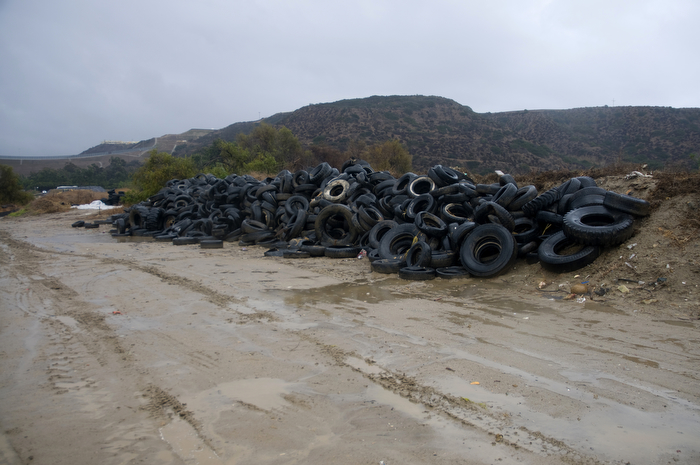The Trump administration is seeking to sidestep an environmental study about potential effects of a new border wall for a section that passes through a Texas refuge for endangered ocelots, Reuters reports. The 2018 budget proposal calls for 32 miles of wall in the Rio Grande Valley region of the border.
In the mid-2000s, when the wall as it currently exists was in the planning stages, 37 federal laws intended to protect the environment were waived in their entirety in order to build the structure. This has created a number of unintended — and frequently disastrous — side effects, such as the area in the San Diego-Tijuana region formerly known as Smuggler’s Gulch, which was filled in with 2 million cubic yards of dirt in 2008 and 2009 and now contributes to flooding and soil erosion every time it rains.
But Customs and Border Patrol now plans to sidestep required environmental review thanks to a 2005 anti-terror law, passed as one of the recommendations from the 9/11 Commission, that will allow the Department of Homeland Security to build the wall immediately without waiting for lengthy environmental review, as Reuters reported.
• House Republicans are expected this week to tack $1.6 billion dollars on to a “minibus” bill (which includes funding for the Department of Defense) that would could fund building a border wall, which, as noted, already exists — and has for nearly a decade. Border and human rights activists, not to mention environmental advocates, are strongly opposing the move.





